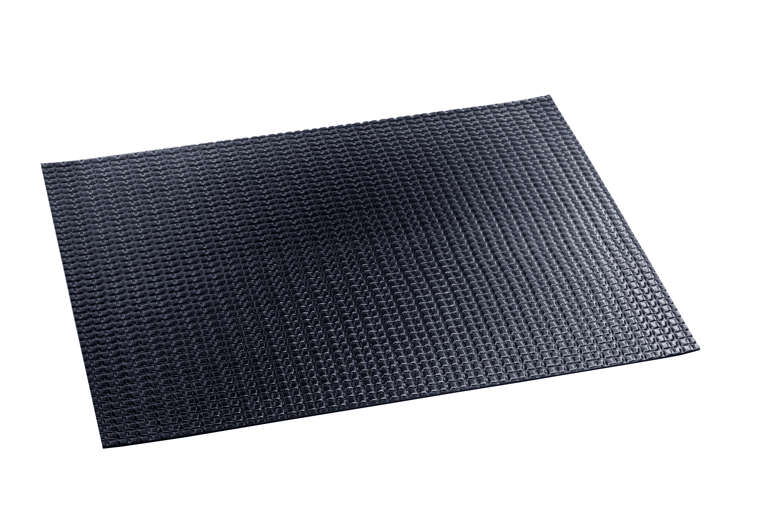 Solflex. Foto: Opes Solutions
Solflex. Foto: Opes Solutions
Solar panel manufacturer OPES Solutions and Fraunhofer Center for Silicon Photovoltaics CSP have developed a flexible standard solar module for vehicle integration. SolFlex is based on crystalline solar cells and achieves around 30% more power per square meter than current flexible modules that use thin-film technology. Its bending radius of up to 15 degrees makes it applicable for any vehicle surface. At 2.9mm, it is 70% lighter than conventional solar modules and has a cell efficiency of over 22%. It was tested under extreme conditions in Fraunhofer CSP’s climate chamber.
Great potential in various transport sectors
“The integration of solar modules holds enormous potential for the transport sector, including electric buses,” said Robert Händel, founder and CEO of OPES Solutions. Trucks and vans are responsible for about 29% of global CO2 emissions from the entire transport sector. For a light commercial vehicle charged with the current electricity mix, integrated solar panels can reduce annual CO2 emissions by up to 890 kg and reduce operating costs by providing electricity for refrigeration systems.
In buses, with their large roof areas, integrated photovoltaics can provide up to 100% of the HVAC system’s energy needs, especially helpful when the engine is off. Passenger power consumption from USB ports, power outlets and Wi-Fi can also be supplied by the renewable energy source. Worldwide, more than $28 billion has been invested in electric buses in 2020, and annual growth of 20% is expected for Europe alone. The solar module can be used on cargo bikes. Due to their low energy consumption, photovoltaic provides an additional range of up to 50 kilometers per day, enabling self-sufficient use far beyond the summer months.
High requirements for module technology
“What has been common practice in other areas of photovoltaics for a long time, we are making available for vehicle-integrated photovoltaics (VIPV): a standard solution that is exceptionally economical,” added Händel. Until now, the application of photovoltaics in vehicle construction has often failed due to cost, weight and specific requirements for resilience and surface or mounting design.
SolFlex modules are vibration-resistant, designed for high one-sided heat loads and have a scratch-resistant surface. With the help of series production and synergies at OPES Solutions’ Changzhou plant, they can be manufactured more cost-effectively than similar products to date.
Further information: www.opes-solutions.com